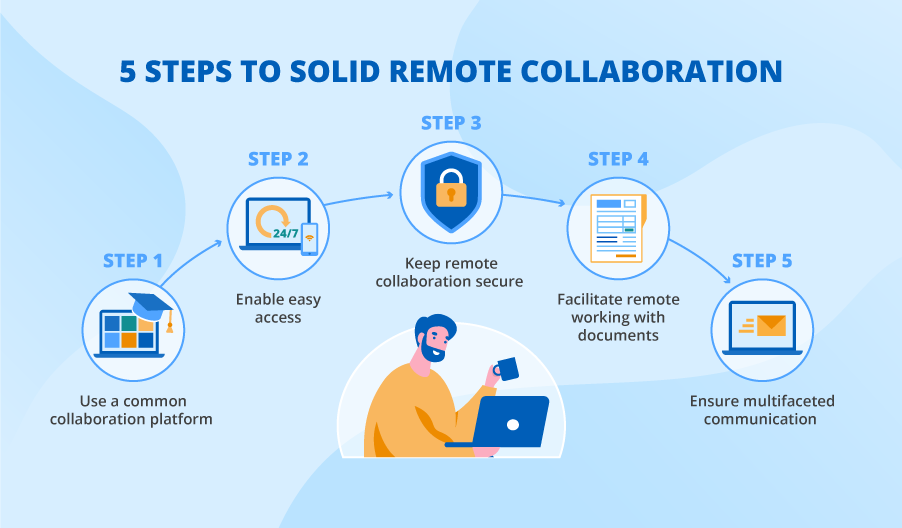High-performing remote teams work because someone built clear systems early and stuck with them. These teams don’t wait for reminders. Deadlines are met without chasing. Status updates are short but frequent. Everyone knows what’s expected, and no one hides behind vague progress reports.
These teams rarely need long meetings. Instead, they rely on written clarity. A developer finishes a feature and links their pull request with a note that explains the change. A marketer launches a campaign and drops performance updates without being asked. Everyone works differently, but the results move in the same direction. In this article, we will give you some strategies to use to get the most out of your remote teams.
1 – Give them benefits
If you want your remote team to stay focused and loyal, give them more than just a paycheck. Solid benefits make a difference. People working from different countries often worry about healthcare, retirement, and paid time off. You remove stress when you solve those problems for them.
Start by covering the basics. Health insurance is non-negotiable in many places. If your team is spread out, look into providers that offer global benefits for employers. That way, everyone gets similar support, even if they live thousands of miles apart.
Go further when possible. Offer stipends for home office equipment. Cover costs for internet or coworking spaces. Time off matters too. Don’t just say “take time when needed.” Set real policies and make sure people use them. Burnout hits faster in remote setups if rest isn’t planned.
Think about their future by matching contributions to retirement accounts. Offer learning budgets so people can grow without asking twice. These moves tell your team that you’re thinking long-term. That makes them more likely to stick around.
2 – Provide the right tools
You can’t expect great work if your team doesn’t have the tools to do it. Remote setups fall apart when people waste time on clunky systems or wait hours for basic access. Start by giving everyone what they need right away. That means hardware, software, and accounts should be ready before day one.
Make the setup simple. Use a short list of tools that work well together. Don’t add apps just to seem modern. Choose systems that solve real problems. If your team writes code, pick tools that support fast collaboration and easy version control. If they manage projects, use a platform that makes tasks and deadlines clear without endless clicking.
If someone’s laptop dies or software breaks, they shouldn’t wait days to fix it. Have a plan for quick replacements and tech help. Offer a home office budget and let people choose what suits them best. A decent chair and an extra monitor keep people comfortable and focused.
3 – Set clear expectations
Remote teams don’t thrive on guesswork. You need to spell things out from the start. That begins with defining exactly who does what. Every team member should know their role, their goals, and what success looks like for their work. Don’t assume it’s obvious. Write it down and review it often.
Set clear deadlines and stick to them. When everyone works in different locations or time zones, time can feel slippery. That’s why deadlines matter more, not less. They give shape to the week. They help people prioritize. They also make it easier to spot problems early.
Working hours need boundaries too. Some flexibility is good, but random availability leads to confusion. Let your team know when you expect them to be reachable. Set shared hours if needed. Make sure there’s a window where people can talk in real time when required.
4 – Cultivate a team culture
A remote team without real connection will fall apart, no matter how skilled the people are. You don’t need forced fun or long virtual meetings. Start small. Set time aside each week to check in on more than just work. Ask real questions. Let people talk about what’s going on in their lives. These moments add trust over time.
Wins need to be seen. Don’t let good work slip by unnoticed. Call it out in group chats or meetings. Show people their effort matters. That kind of recognition doesn’t just boost morale. Instead it sets a standard.
Make space for casual talk. Create a shared channel just for random chat. Let people drop in photos, jokes, or anything that brings some personality into the workday. This kind of talk may seem unimportant, but it helps the team feel like more than just coworkers.
If you can swing it, meet in person once in a while. Even a short retreat can create bonds that last for months. But don’t wait for those moments to build connection. It has to happen every day, in small ways, on purpose.



